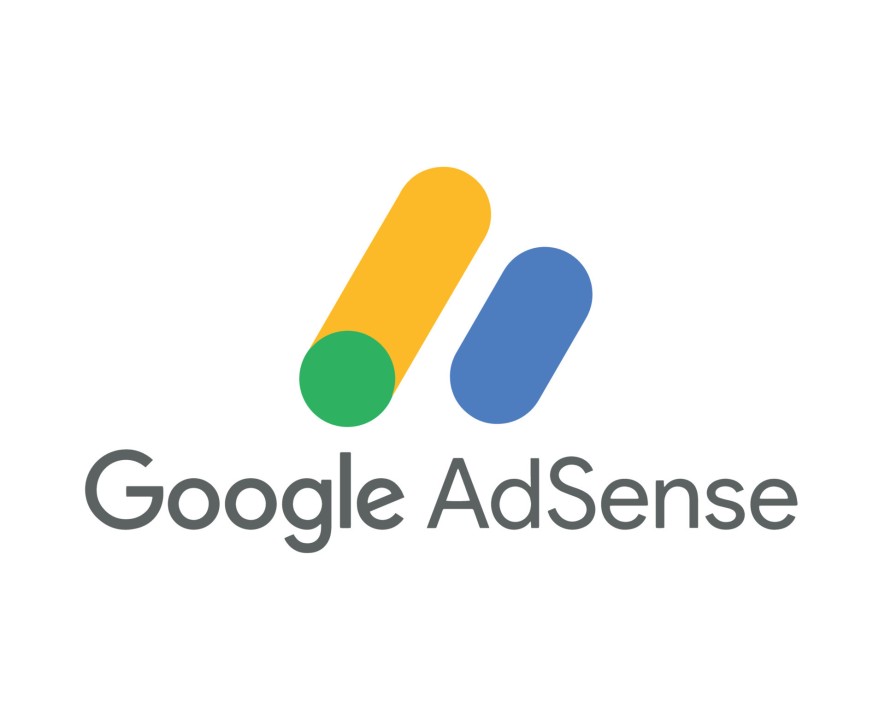Breaking News


Popular News


Monetizing your WordPress site with AdSense can be a game changer if done correctly. Understanding AdSense placement policies is crucial to maximize your earnings and ensure compliance with Google’s guidelines. In this blog post, we will explore essential guidelines for placing AdSense ads on your WordPress site, highlight common mistakes to avoid, and outline best practices for optimizing revenue. Additionally, we will discuss how to navigate potential AdSense policy violations and their solutions. Get ready to master WordPress AdSense and transform your website’s income potential.
Contents
Understanding and following the WordPress AdSense placement policies are crucial for maximizing your revenue while maintaining a user-friendly site. Here are some key guidelines to keep in mind:
Ad Placement:
Content Proximity:
Ad Quantity:
Mobile Optimization:
By adhering to these guidelines, you can effectively leverage WordPress AdSense to generate revenue while maintaining a high-quality user experience on your site.

When integrating WordPress AdSense into your site, avoiding common mistakes can make a significant difference in your ad revenue and user experience. Here’s a concise list of frequently encountered pitfalls and how to steer clear of them:
Too Many Ads: Overloading your site with ads may seem like a good way to increase revenue, but it often results in a cluttered, overwhelming experience for users. Google recommends a balanced ad-to-content ratio.
Poor Ad Location: Placing ads in less visible areas or where readers are unlikely to click can drastically reduce your earnings. Optimize placement by considering user behavior and hotspots.
Violating AdSense Policies: It’s crucial to comply with WordPress AdSense policies. Placing ads in restricted areas such as near navigational links or under misleading headings can lead to account suspension.
Ignored Mobile Optimization: With a growing number of users accessing sites from mobile devices, ensuring your ads are responsive is vital. Non-mobile-friendly ads can disrupt user experience and decrease revenue.
By being mindful of these common mistakes, you can create a better user experience while maximizing your WordPress AdSense revenue.
To maximize your earnings with WordPress AdSense, implementing best practices is crucial. These strategies not only enhance user experience but also ensure compliance with AdSense policies.
Key Best Practices:
Comparison: Ad Placements vs. Revenue Potential
| Ad Placement | Revenue Potential | User Experience |
|---|---|---|
| Above the Fold | High | High |
| In-content | Medium | Medium |
| Sidebar Widgets | Low | High |
By following these best practices, you can effectively optimize your WordPress AdSense revenue while maintaining a user-centric site.
Navigating policy violations in WordPress AdSense can be challenging, but understanding and addressing these issues promptly can help maintain your account in good standing. Here’s how to tackle common violations:
Identify the Violation: Google alerts you via email or the AdSense dashboard. Common violations include:
Take Immediate Action:
Consult AdSense Policies: Regularly revisit the AdSense policy guidelines. This helps you stay updated with any changes, minimizing future violations.
Appeal or Seek Help:
Proactively monitoring your site and adhering to guidelines can ensure a seamless WordPress AdSense experience.
Google AdSense has specific policies regarding where ads can be placed on your WordPress site to ensure a positive user experience and maintain the effectiveness of the ads. These policies prohibit placing ads in locations that might result in accidental clicks, such as too close to navigational buttons, within pop-ups, or on non-content-based pages like ‘404 not found’ pages. AdSense also restricts ads from being placed in areas with prohibited content, such as copyrighted material or adult content.
No, you cannot place AdSense ads just anywhere on your WordPress site. AdSense has guidelines that must be followed to ensure ads are displayed appropriately. Ads should be placed near relevant content and not in a way that disrupts the user’s experience. For example, ads cannot be placed in a manner that covers or overlays content, nor can they be embedded in downloadable software.
To ensure your AdSense placements comply with Google’s policies, you should carefully review the AdSense Program policies, particularly the sections concerning ad placement. Adherence to these policies includes placing ads in safe and visible areas, avoiding misleading placements that might prompt accidental clicks, and ensuring ads do not appear on prohibited content pages. Additionally, you can use WordPress plugins designed for AdSense, which often come with features to help guide optimal and policy-compliant ad placements.
Violating AdSense placement policies can result in a range of penalties, from ad serving being disabled on specific pages to suspension or termination of your AdSense account. Google takes policy violations seriously to maintain a fair and effective advertising network. Common consequences include warnings, reduced ad performance, and eventual account disablement if violations are not corrected. Therefore, it’s crucial to regularly review your ad placements and stay updated with AdSense policy changes to avoid potential penalties.